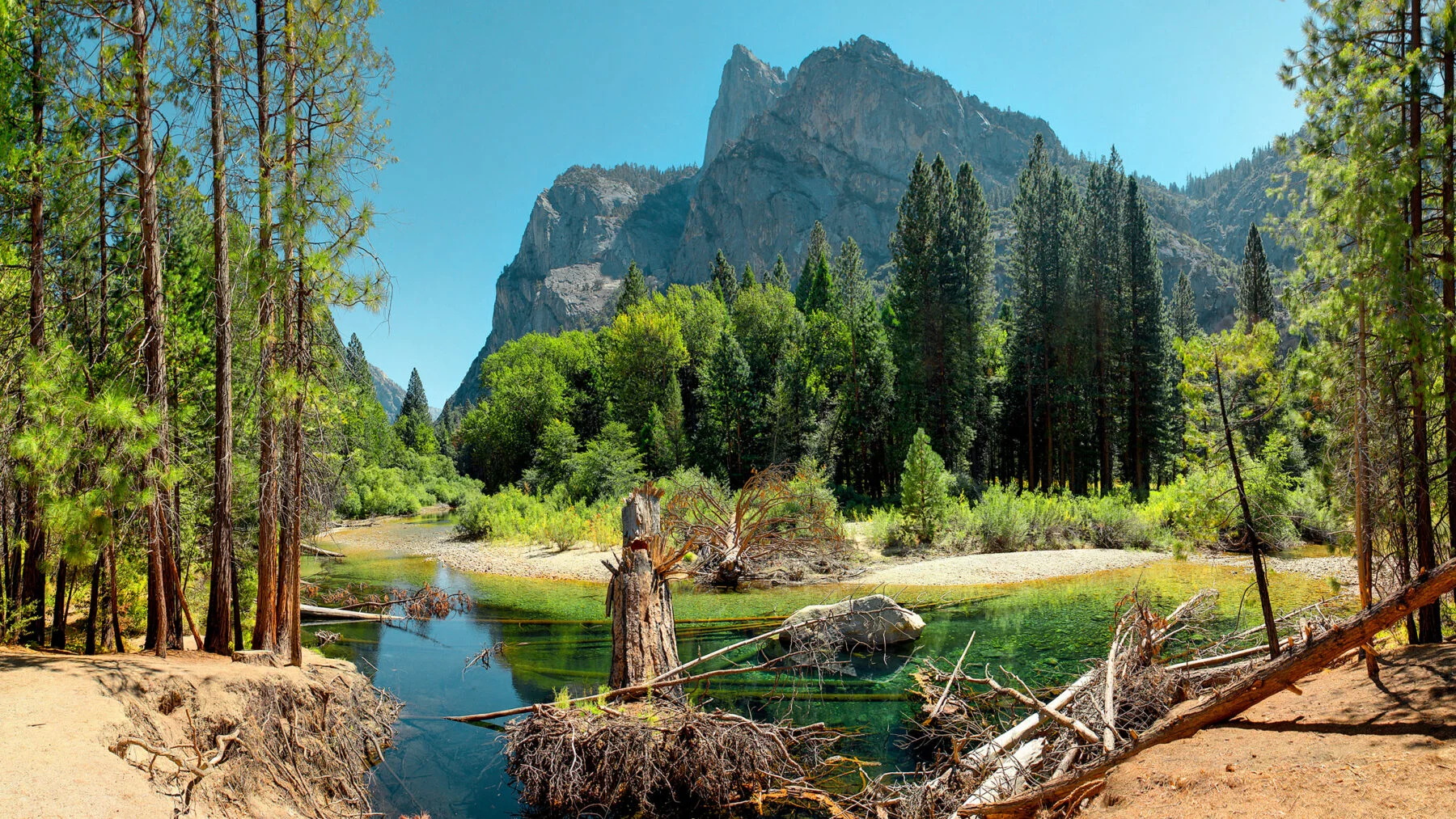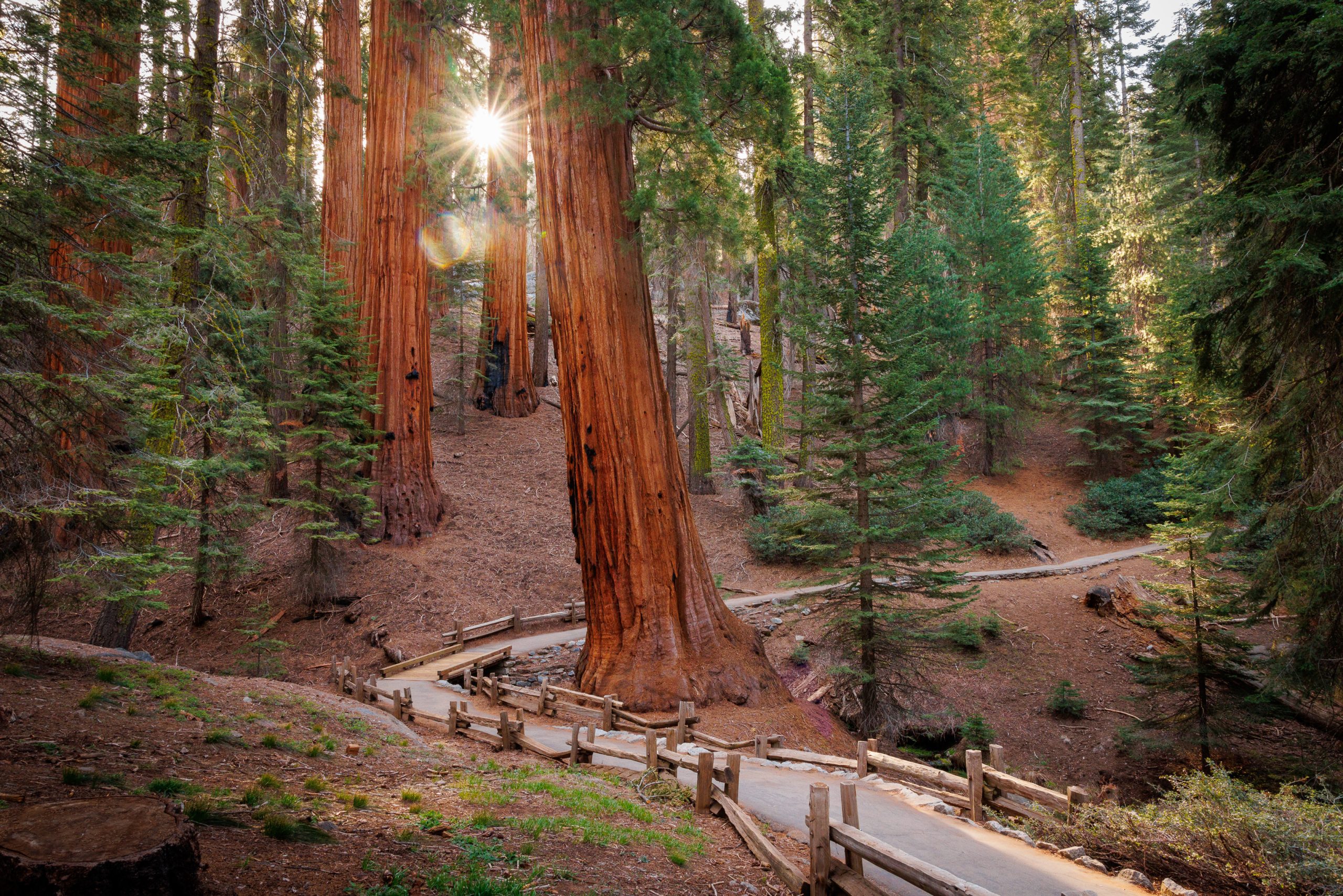Sequoia National Park is a haven for nature enthusiasts, adventure seekers, and anyone looking to immerse themselves in the beauty of one of America’s most iconic natural landscapes. Known for its towering sequoias, rugged mountains, and stunning vistas, this national park offers an unforgettable experience for visitors of all ages. In this comprehensive guide, we’ll explore everything you need to know about Sequoia National Park, from its rich history and diverse ecosystems to the best trails, activities, and tips for planning your visit.
Discovering Sequoia National Park
A Brief History of Sequoia National Park
Sequoia National Park is the second largest national park in the United States. It opened in 1890. The main reason for it was to protect the giant sequoia trees, which are some of the world’s biggest and oldest living things. The park is bigger than 404,000 acres and has a lot of different ecosystems, from lowland woods to high alpine peaks.
The Majesty of the Giant Sequoias
The giant sequoias are the park’s main attraction. These colossal trees can reach heights of over 300 feet and have diameters exceeding 30 feet. The General Sherman Tree, the largest tree on Earth by volume, is a must-see for any visitor to the park.
Top Spots to See the Giant Sequoias
- Giant Forest – Home to the General Sherman Tree and many other impressive sequoias.
- Grant Grove – Features the General Grant Tree, the second-largest tree in the world.
- Crescent Meadow – A scenic meadow surrounded by towering sequoias.
Exploring the Natural Beauty of Sequoia National Park
Best Hiking Trails
Sequoia National Park offers a variety of hiking trails that cater to all skill levels. From short, easy walks to challenging backcountry routes, there’s something for everyone.
Easy and Family-Friendly Hikes
- Big Trees Trail – A 1.2-mile loop that provides a gentle introduction to the giant sequoias.
- Congress Trail – A 2-mile loop that offers close-up views of some of the park’s most famous trees.
- Moro Rock Trail – A short but steep climb leading to panoramic views of the park.
Moderate Hikes
- Tokopah Falls Trail – A 4-mile round trip that follows the Marble Fork of the Kaweah River to a stunning waterfall.
- Little Baldy Trail – A 3.4-mile round trip to a granite dome with excellent views of the Sierra Nevada.
Challenging Hikes
- Alta Peak Trail – A strenuous 14-mile round trip that rewards hikers with breathtaking vistas from the summit.
- Lakes Trail – A 12.4-mile round trip that takes you to beautiful alpine lakes, including Heather, Emerald, and Pear Lakes.
Wildlife Watching
Sequoia National Park is home to a rich diversity of wildlife. Visitors may encounter black bears, mule deer, mountain lions, and a variety of bird species.
Best Times and Places for Wildlife Viewing
- Bear Hill – Known for frequent black bear sightings.
- Crescent Meadow – A great spot for bird watching.
- Mineral King Valley – Offers opportunities to see marmots and pikas.
Scenic Drives and Overlooks
If hiking isn’t your preference, you can still experience the park’s beauty through its scenic drives and overlooks.
Must-See Scenic Spots
- Generals Highway – A 50-mile road that winds through the park, offering stunning views and access to major attractions.
- Moro Rock – Drive up to the parking area and take a short hike to the top for panoramic views.
- Tunnel Log – Drive through a fallen giant sequoia tree, an iconic photo opportunity.
Planning Your Visit to Sequoia National Park
Best Times to Visit
Sequoia National Park is open year-round, but the best times to visit are late spring to early fall when the weather is mild and most of the park’s amenities are open.
Seasonal Highlights
- Spring – Wildflowers bloom, and waterfalls are at their peak.
- Summer – All park facilities are open, and the weather is ideal for hiking and camping.
- Fall – Fewer crowds and beautiful autumn colors.
- Winter – Ideal for snowshoeing and cross-country skiing.
Accommodations and Camping
The park offers a variety of lodging options, from rustic cabins to modern hotels, as well as numerous campgrounds.
Lodging Options
- Wuksachi Lodge – A modern lodge with comfortable rooms and a restaurant.
- John Muir Lodge – Located in nearby Kings Canyon National Park, offering cozy accommodations.
- Cedar Grove Lodge – Open seasonally, providing convenient access to the backcountry.
Campgrounds
- Lodgepole Campground – Open year-round, located near many major attractions.
- Dorst Creek Campground – A larger campground with more secluded sites.
- Buckeye Flat Campground – A quieter option with fewer sites and beautiful scenery.
Tips for a Safe and Enjoyable Visit
- Stay Hydrated – Always carry plenty of water, especially during hikes.
- Be Bear Aware – Follow park guidelines for storing food and disposing of waste.
- Respect Wildlife – Keep a safe distance and never feed animals.
- Dress in Layers – Weather can change quickly, especially at higher elevations.
Conclusion
Sequoia National Park is a treasure trove of natural wonders, offering something for every type of visitor. Whether you’re marveling at the giant sequoias, hiking through breathtaking landscapes, or simply enjoying the serenity of the great outdoors, this park provides an unforgettable experience. Plan your visit today and discover the magic of Sequoia National Park.
Hotels Near Sequoia National Park
FAQs
Q1. How do I get to Sequoia National Park?
The park is accessible by car from major cities in California. The most common route is via CA-198 from Visalia.
Q2. Are pets allowed in Sequoia National Park?
Pets are allowed in certain areas, such as campgrounds and picnic areas, but they must be on a leash at all times and are not permitted on most trails.
Q3. What should I pack for a trip to Sequoia National Park?
Pack layers of clothing, sturdy hiking boots, sunscreen, a hat, a reusable water bottle, and a map of the park.
Q4. Can I visit Sequoia National Park in winter?
The park is open all year, but when it snows, some areas may be closed. In the winter, you can cross-country ski and sled.
Q5. Are there guided tours available in Sequoia National Park?
Yes, the park offers ranger-led programs and guided tours, which provide valuable insights into the park's history, geology, and wildlife.





